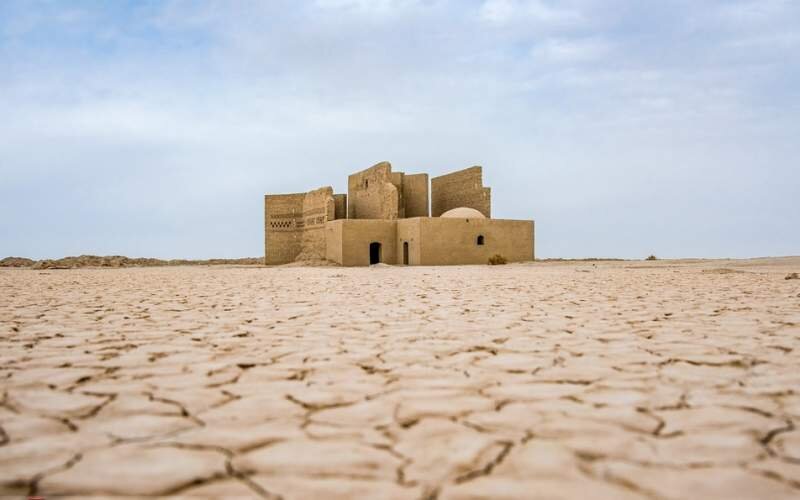Windmills of Sistan-Baluchestan one step closer to being World Heritage

TEHRAN – Local authorities of Sistan-Baluchestan are trying to prepare ancient windmills in the southeastern province for a possible UNESCO registration.
We are preparing a dossier to have Asbads (windmills) inscribed on the UNESCO list as the province’s fourth World Heritage Site, the provincial tourism chief Alireza Jalalzai said on Wednesday.
With 11.5 percent of the country’s area, this province has a lot of potentials, the official added.
The collective province -- Sistan in the north and Baluchestan in the south -- accounts for one of the driest regions of Iran with a slight increase in rainfall from east to west, and an obvious rise in humidity in the coastal regions. In ancient times, the region was a crossword of the Indus Valley and the Babylonian civilizations.
The province possesses special significance because of being located in a strategic transit location, especially Chabahar which is the only ocean port in Iran and the best and easiest access route of the middle Asian countries to free waters.
The vast province is home to several distinctive archaeological sites and natural attractions, including two UNESCO World Heritage sites, namely Shahr-e-Soukhteh (Burnt City) and Lut desert.
Ancient Iranian windmills
Iran seeks UNESCO recognition for arrays of its ancient windmills that can be found in the provinces of Sistan-Baluchestan, South Khorasan, and Khorasan Razavi.
The Ministry of Cultural Heritage, Tourism, and Handicrafts has almost completed the necessary preparations for a chain of ancient vertical-axis windmills; however, the documentation and mapping works have not been completed yet.
The documentation and mapping projects entail various architectural plans, cross-section geometry, photogrammetric photographs, and their proprietorship. Official reports suggest all documenting and mapping stages are being carried out based on the UNESCO standards and criteria.
The development of Asbads took place due to the scarcity of water resources and continuous 120-day winds, which annually sweep through the east and southeast of the Iranian plateau from late May to late September. In fact, wood, mud, and brick were the main construction materials for the two-story windmills.
Britannica says the earliest known references to windmills are to a Persian millwright in 644 CE and windmills in Seistan [Sistan], Iran, in 915 CE.
According to the UN cultural body, Robert Forbes, a technology historian, stresses the point that the Islamic era windmill was the invention of Iranian. He writes: "this invention which was initially an exclusive device for Iran and Afghanistan, turned into an important source of energy all over the Islamic territories in the 12th century, and not only it was used for the grinding of grains and operation of water pumps, but also the chopping of sugarcanes and other purposes.
Moreover, the UNESCO website says that such vertical-axis windmills were taken to China during the Mongol reign.
Furthermore, the know-how of windmills was taken to other Islamic territories and was used in Egypt as the main source for the chopping and grinding of sugarcanes. In the 11th century, windmills reached Spain, the Islands of the Aegean Sea, and Portugal.
Technically speaking, unlike European windmills, the Iranian design is powered by blades arrayed on a vertical axis in which the wind power is directly translated down without the need for any gears found on the horizontal-axis mills.
UNESCO says Asbad is a smart technique to grind grains, a technique that goes back to ancient times when the people living in the eastern parts of Iran, in an attempt to adapt themselves to nature and transform environmental obstacles into opportunities, managed to invent it.
Constructed of clay, wood, and straw, those ancient gears which are inherited from preceding generations, are perched on a cliff overlooking the village, milling grain for centuries.
According to the latest official data, a total of 374 Asbads have been identified so far mostly in the eastern wing of the country, but not all of them in faultless conditions.
ABU/MG
